How much does it cost to install a French drain? Experts reveal the exact cost-per-foot, and the 'hidden' costs the landscaping industry doesn't mention
This is exactly how much to spend on a French drain, including the costs once installation is complete
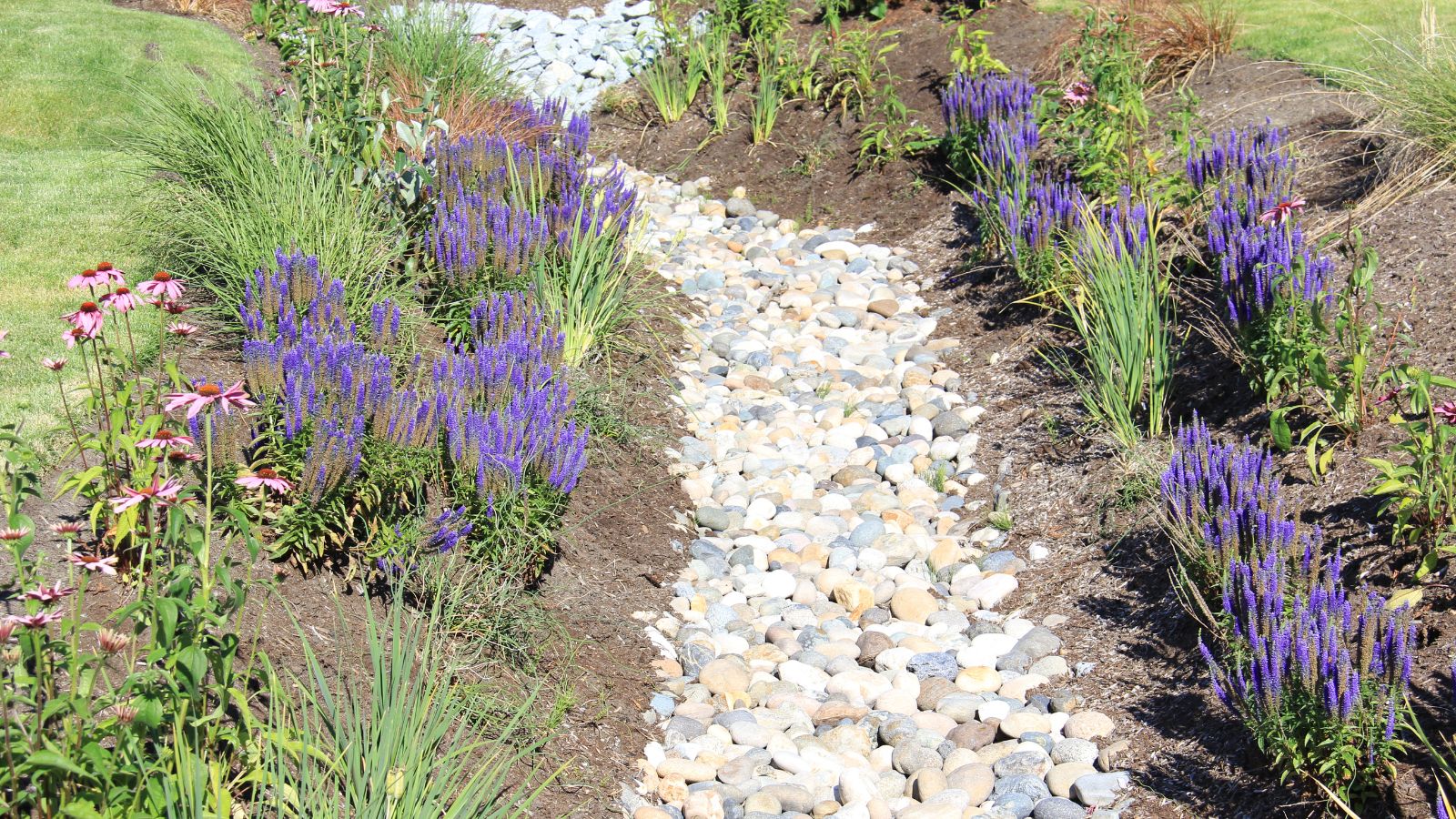

French drains are the perfect way to improve drainage in your yard. They hide pipes under elegant gravel, providing a landscaped method of moving dangerous standing water off your lawn and away from your foundations.
However, French drains can be surprisingly expensive to install, and if you're new to gardening, it may not be clear how much you should pay.
I spoke to plumbing and landscaping experts about how much you should spend on a French drain, as well as all the hidden costs that many people forget to include.
1. Cost per foot
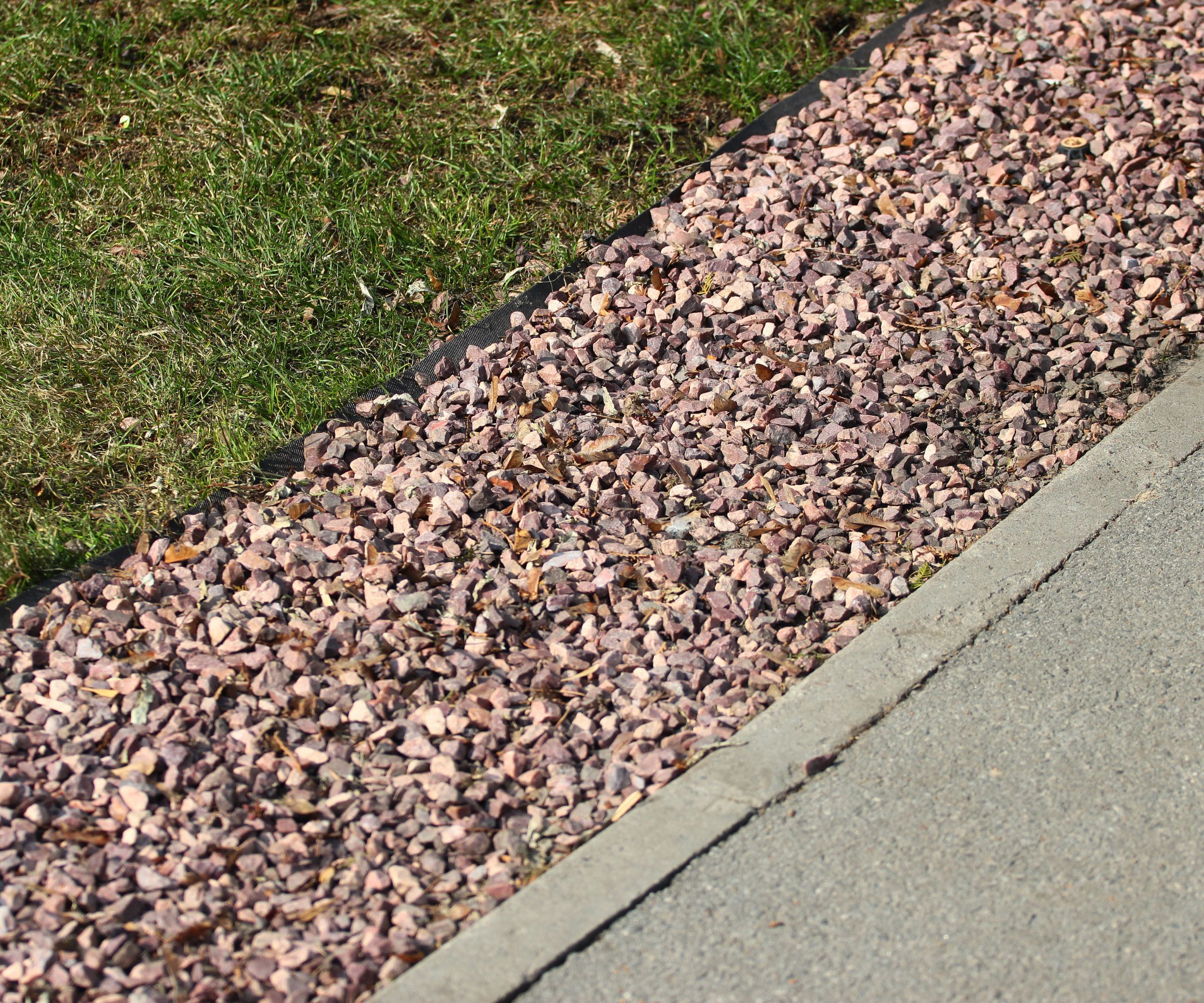
Different homes have different needs, so it's worth knowing the average cost-per-foot for a French drain. It's a much cheaper option for smaller homes than larger homes.
Plumber and French drain expert Hayden Slack says 'For a typical home, professional installation usually runs between $15-30 per foot, though every property is unique.'
Garden expert Tammy Sons agrees and says 'Per linear foot, it's typically 10 to 30 dollars.'

Hayden is the owner and general manager of G. L. Hunt Foundation Repair and Service Squad Plumbing in Texas. He has extensive expertise in foundation repair, plumbing and small business ownership, an has sold and installed many French drains.
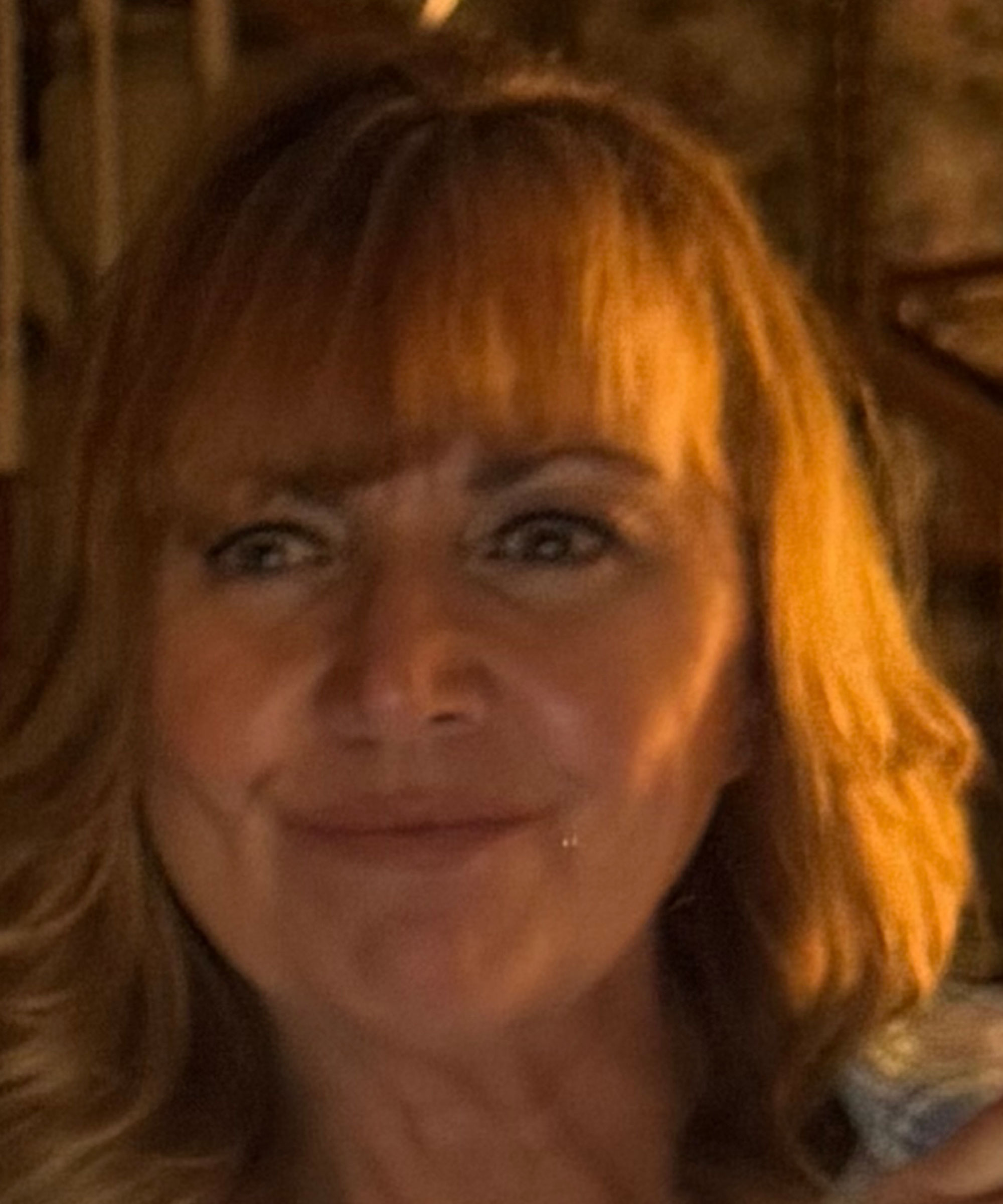
Tammy Sons is a horticulture plant expert, garden writer, and educator. Tammy is the CEO and founder of TN Nursery, a thriving online plant nursery based in Altamont, Tennessee. She is also a prolific writer, sharing her knowledge through articles on various gardening topics, including plant care, sustainable landscaping, and the latest trends in horticulture.
2. Cost of parts
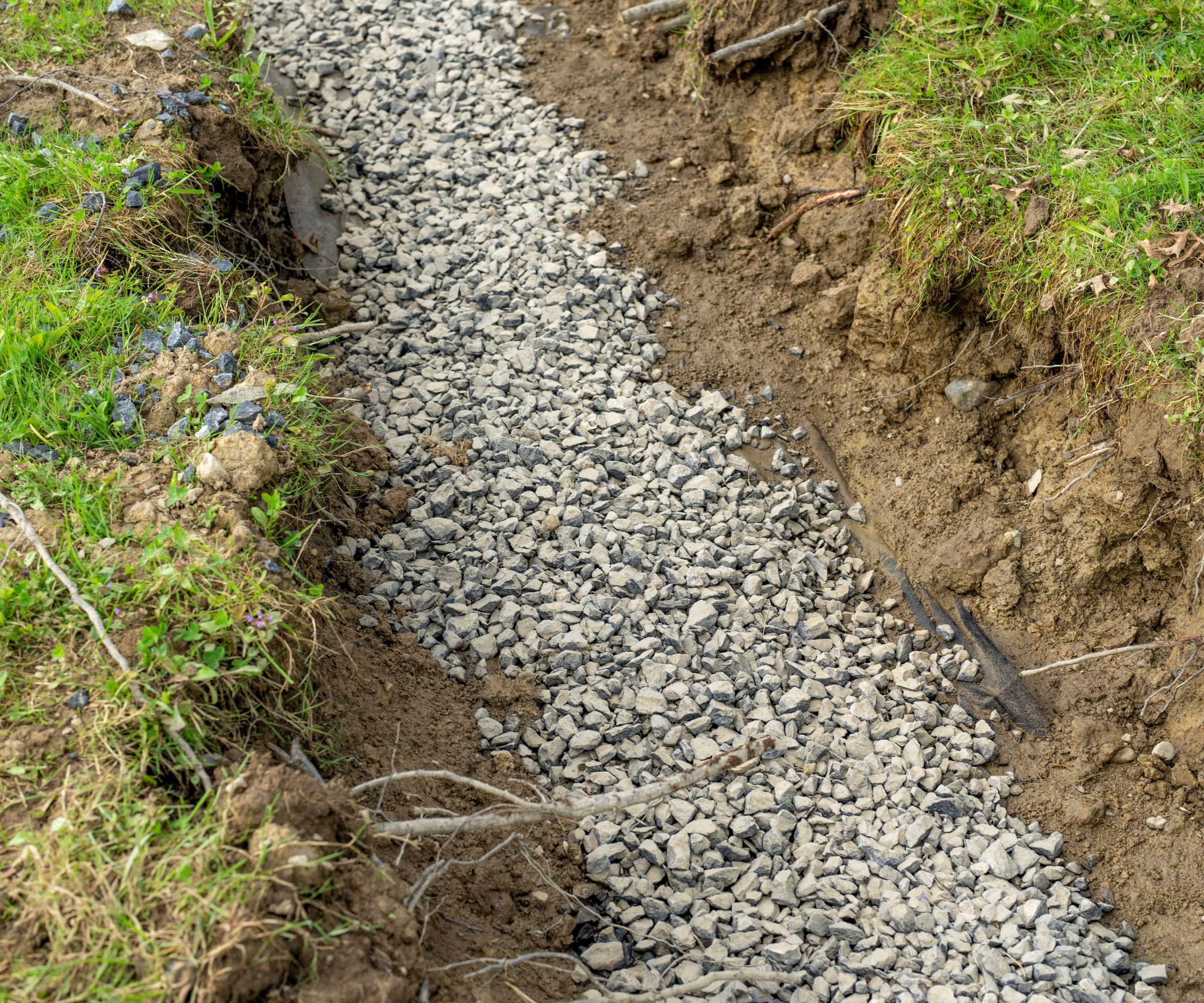
The cost per foot is based on materials and labor. Hayden Slack explains that 'The basic materials are perforated PVC pipe ($3-5 per foot), gravel ($25-45 per ton), filter fabric (about $1 per square foot) and catch basins ($25-50 each).'
Tammy Sons agrees, and says 'Parts you will need are a perforated pipe, gravel, fabric, and catch basins, which are optional. The material cost should be anywhere from one dollar to five dollars per foot of the pipe, fabric, or gravel.'
All these parts are easy to find at hardware stores. You can buy perforated pipe at Home Depot, gravel at Lowe's, and filter fabric at Tractor Supply Co, for example. It might work out cheaper to let your landscapers buy the materials for you, as they may buy them wholesale from dedicated construction retailers, lowering the price a little. However, there's more to consider than just materials.
3. Labor costs
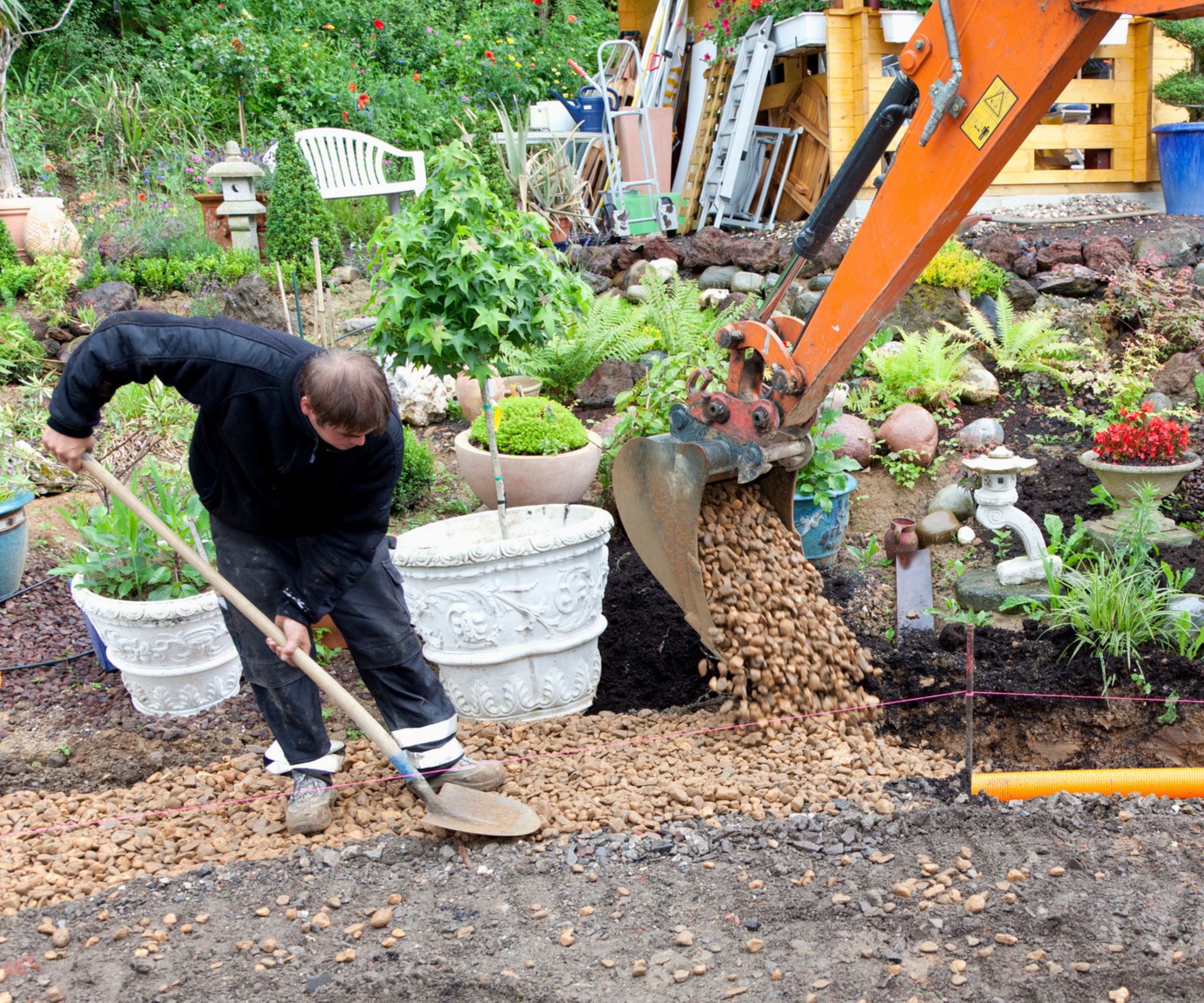
The biggest cost with installing a French drain is labor. Hypothetically, you can install it yourself, but experts don't recommend it, so you probably need to hire professionals. Labor costs depend on where you are in the country, but the rough guide is a few thousand dollars.
Yard expert Ryan Farley says 'Labor is typically where most of your costs come from with French drain installation. I tend to see these projects running around $3,000 - $5,000, but this can obviously be much more or less expensive depending on the extent of the project, the length of the drain, and overall the amount of time you will be paying for.'
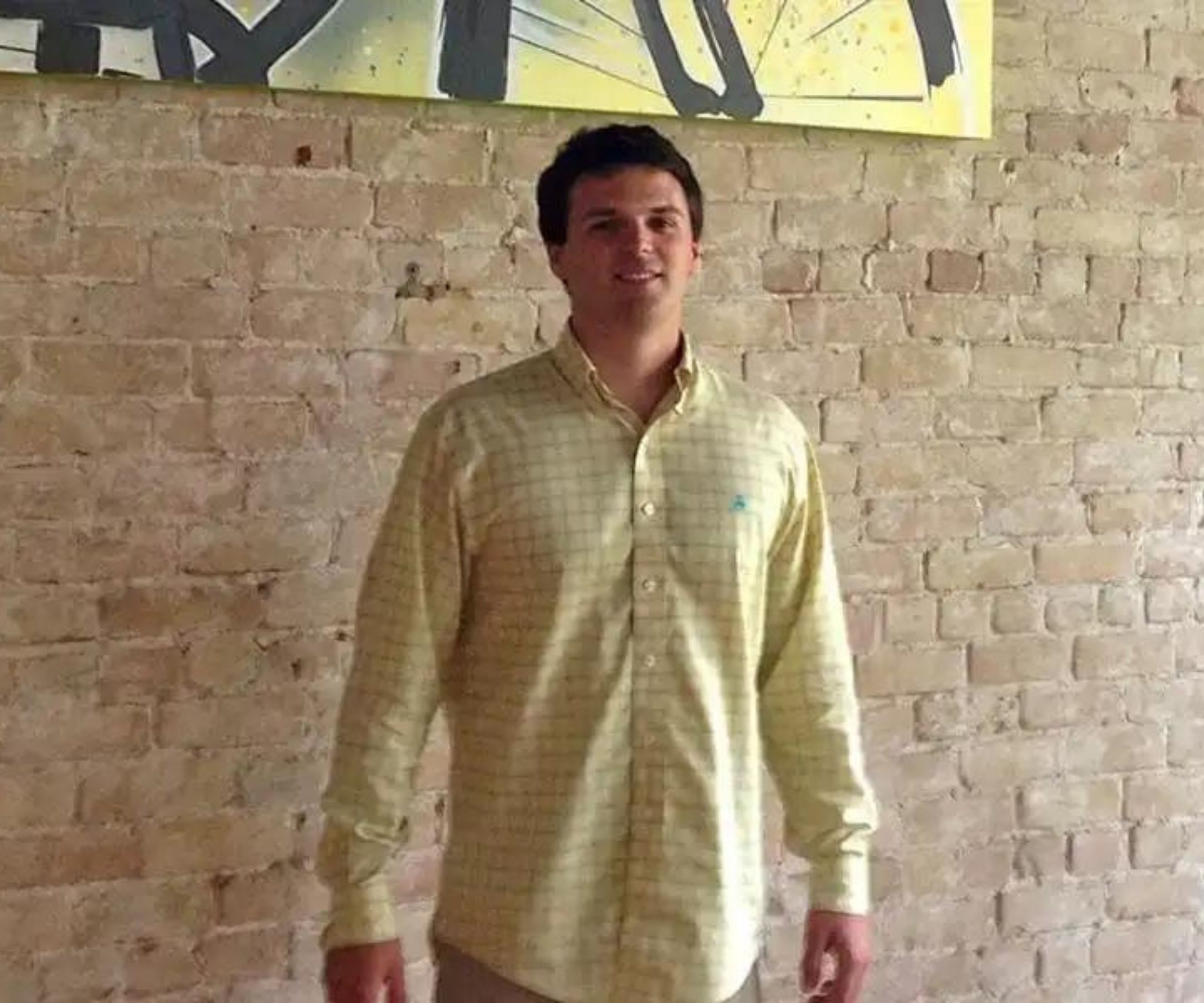
Ryan Farley is the CEO of LawnStarter, a lawn care service founded in 2013 and based in Austin, Texas.
4. Permit costs
On top of parts and labor, you probably need to set aside some money for a permit. It depends on where you are in the country and the size of the project, but most French drain installations need permits.
Ryan Farley explains that 'Whether or not a French drain requires a permit can depend on your circumstances in my experience. For instance, if you’re just planning on a smaller French drain to help with too-wet soil that will divert water to a different part of your yard, you generally don’t need to worry about permits. But if the diverted water will flow onto public property or potentially affect public water systems like sewers, then it’s good to research this first. I’ve seen permits be required in these situations.'
Permit prices vary from place to place, so it's hard to give an estimate for how much it may cost you. Hayden Slack says 'Permits vary depending on where you live. Some cities require permits for any drainage work at all, while others are more relaxed. Permit costs typically range from $100-500.'
5. Hidden costs
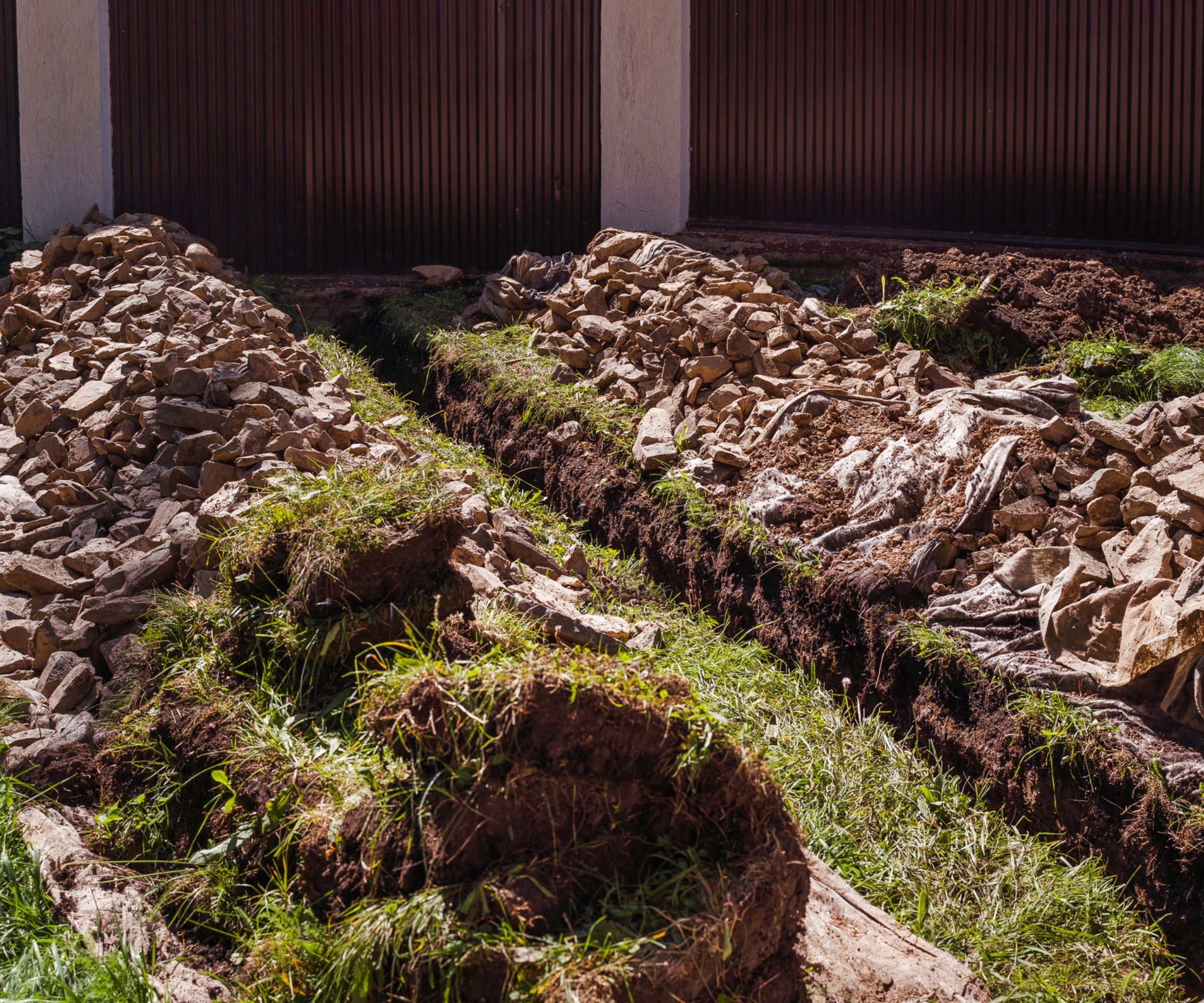
Finally, there are some hidden costs to consider, too. Hayden Slack says 'There are also some hidden costs that homeowners might not think about initially, like testing the soil, and the cost of fixing landscape or sprinkler systems.'
He adds that 'Some French drain installations reveal other issues underground that have to be dealt with or the project may have to be delayed due to weather. Some cities even require an inspection afterward.'
On top of installation costs, there are landscaping costs after the fact too. Tammy Sons says that 'disposal of excavated soil or restoring the landscape afterward' can also bring extra costs.
6. Don't DIY it
One way to save a little money on French drain installation is to do it yourself. However, all of the experts I spoke to warned against DIY French drains.
Ryan Farley says 'It is a feasible DIY project but I wouldn’t recommend it unless you have some existing knowledge of drainage and similar projects.'
Hayden Slack agrees and warns that 'My best advice is to get a professional assessment for your specific situation. Just like every home is different, every drainage solution needs to be tailored to the property. While DIY might seem like a money-saver upfront, getting it wrong can lead to expensive problems down the road.'
That's because 'Professional installation includes detailed site evaluation and planning with precise grading and slope calculations to prepare the ground correctly. We use heavy-duty equipment that most homeowners don't have to get the job done right.'
Without this equipment or knowledge of how to deal with a slope, your drain may not work properly. It could be an expensive mistake that leads to standing water and other drainage issues.
There are just the costs; there are a whole host of French drain mistakes to beware as you install the pipes. But before you do anything, consider if a French drain is the best method of solving drainage issues. There are lots of other drainage solutions out there, so it could be worth weighing up a French drain vs a dry well to help you deal with water in your yard.
Sign up to the Homes & Gardens newsletter
Design expertise in your inbox – from inspiring decorating ideas and beautiful celebrity homes to practical gardening advice and shopping round-ups.

As a gardens and lifestyle contributor, Alex makes sure readers find the right information to help them make the best purchase. Alex got his start in reviewing at the iconic Good Housekeeping Institute, testing a wide range of household products and appliances. He then moved to BBC Gardeners’ World Magazine, assessing gardening tools, machinery, and wildlife products.
-
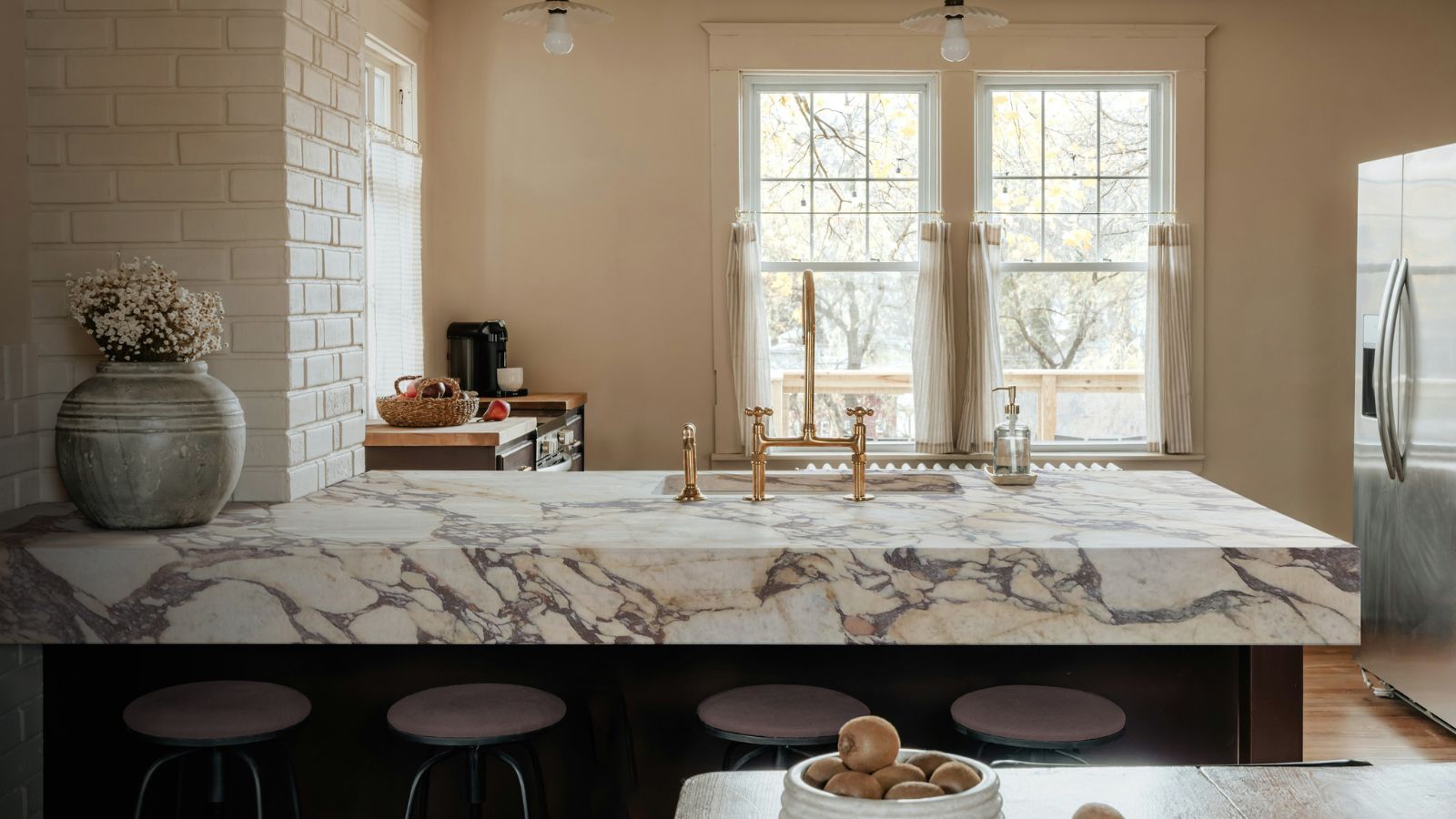 Marble kitchen countertops are a luxurious choice, but are they practical? I asked designers and kitchen experts whether they are form over function
Marble kitchen countertops are a luxurious choice, but are they practical? I asked designers and kitchen experts whether they are form over functionThe pros and cons, care tips, and styling advice designers say you need to know
-
 5 warning signs it’s time to replace your air conditioner for stress-free and safe summer cooling
5 warning signs it’s time to replace your air conditioner for stress-free and safe summer coolingDon't waste money on energy bills or risk danger, HVAC experts warn